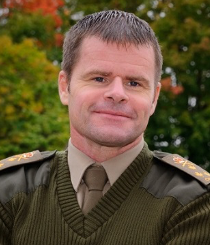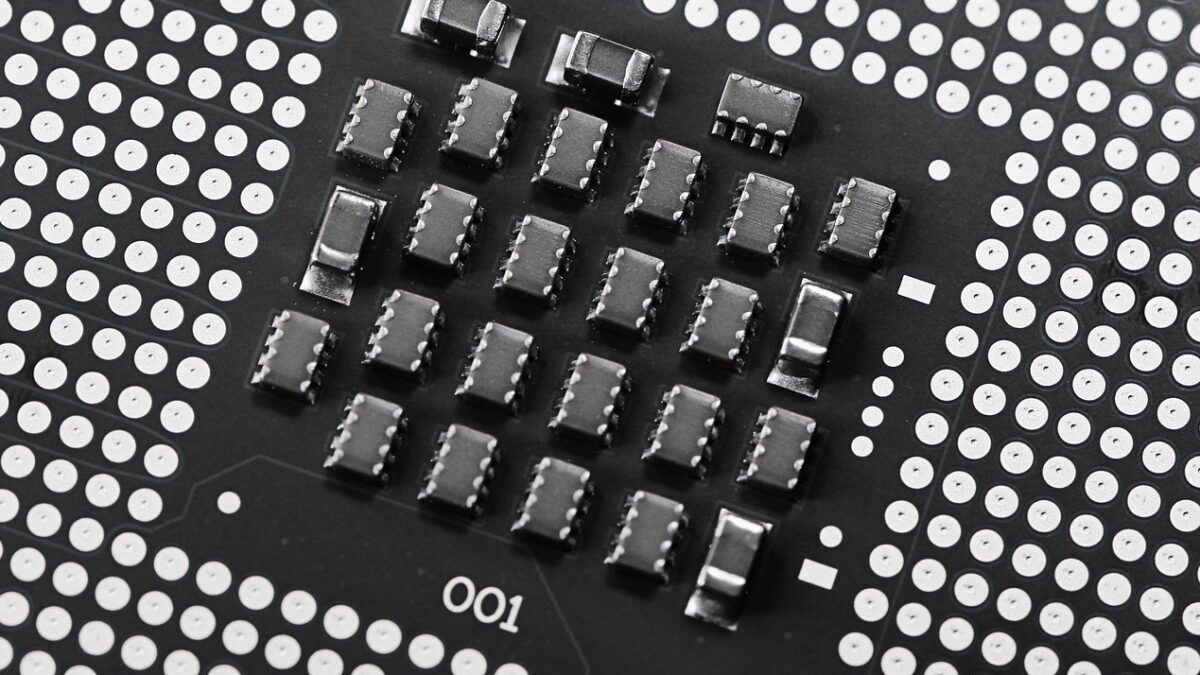“I feel like we are on the cusp of a new frontier in the Canadian Armed Forces. Since our inception, for well over 100 years we have been an analog force, and now we are on the edge of going digital.” With those words, the Vice Chief of the Defence Staff of the Canadian Armed Forces (CAF), LGen Michael Rouleau, opened the seventh annual C4ISR and Beyond conference on January 28, 2021.
Up our Digital and Data Game

There is no doubt that technology has changed the way how the CAF and other militaries around the world operate in today’s defence security environment. Even adversarial forces are employing technology to stay abreast in conflicts. The CAF views conflict as a spectrum of competition that requires the ability to compete, contest, confront, and if necessary, combat adversaries. This demands that the CAF dominates its adversaries in the fight over emerging battlespace and data and excel in cyber and space, according to the VCDS. To achieve this requires a pan domain vision of conflict as simultaneously adversaries will try to saturate the six domains – air, land, maritime, space, cyber, and information.
“The CAF must stay ahead of our adversaries and keep pace with our Allies,” said LGen Rouleau. “This will help us to get our digital and data game up.” He went on to say that if we don’t continue to progress, we will lose the ability to communicate with our Allies and to protect Canada by detecting, deterring, and defeating threats. A few ways to get this done:
- Teach and exercise ourselves an ocean of discipline.
- Use the means of SSE to deliver on our commitments.
- Manage the CAF programs in a manner that takes a holistic view of requirements.
- Support people and be good financial stewards.
- Give people autonomy to make decisions on a strong set of strategy and culture.
- Have an integrated view of capabilities that is fully digitally enabled.
- Adapt to today’s threat landscape and set conditions for the CAF to succeed now and in the future.
The point, according to LGen Rouleau, is about changing the way we do business from an enterprise and an operational level, as well as changing processes and modalities to leverage the benefits of technology. This will make the CAF more effective and efficient.
Four Areas of Focus
On assuming the office of VCDS during the summer of 2020, LGen Rouleau outlined four areas for his team to focus on:
- Data and Digitalization
- The C4I Spine
- Supply Chain and Sustainment
- Professional Military Education
He explained that the torrent of data that is now available demands a digital transformation. Data is the key to attain decision advantage over adversaries. Whoever can make sense of the data the fastest will be ahead. At the same time, adversaries are developing and modernizing their tactics and abilities to use data to their decision advantage as well. Given this trend, he says now is the time for the CAF to shift from being analog to data-driven and digitalized. This will provide an environment where data can be shared, accessed, understood, trusted, and secured. This demands a change in culture and process for both DND and CAF.
Integration is an important part in the C4I spine. Assets must be connected to share information and communication. To get there requires several activities that will improve the C4ISR capabilities of the CAF. These include operationalizing further the NATO Battlefield Information Collection and Exploitation Systems (BICES), which will collect, and fuse information gathered to provide a picture to battlefield commanders, acquiring airborne ISR capabilities to support operations, and establishing a CAF/Joint ISR architecture.
“We are focusing on projects that makes us more integrated and interoperable. This allows us to keep pace with the demand of a modern military,” he said. Moving forward, our ships, vehicles, and aircraft are data platforms. These assets are equipped with sensors and systems to capture data that will be used in decision advantage. But how do you get the data in a digitalized environment? LGen Rouleau provided three areas that are interconnected – the need to focus on senior leader decision-making advantage, the operational effects of the CAF, the business of defence.
“By positioning ourselves to handle this pan-domain data now, we are setting ourselves and our Allies up for success in the future. But we need the policies, tools, and processes to handle this effectively,” he added.
Industry has a role to play in this as well. Canada has invested in C4ISR as one of the top priorities for the CAF. There are currently over 200 C4I projects in the pipeline. By leveraging experts within industry can continue to help with the development of C4ISR capabilities and expand cutting-edge research and development. This will result in a supply chain that is automated, simplified, and integrated.
“You can have the right tools, but if you don’t have the people who are thinking about warfare in the right context, then it’s all for naught,” he said.
Integration is Everything
In concluding his keynote address, LGen Rouleau said that warfare is only going to get more complicated as time moves on and as technology continues to advance. Our future success requires us to be agile and creative starting today in everything we do – from the way we procure systems, to the way we think, and even the way we react to crises.
“The key to our future success is complete integration. Integration is everything. In technology, people and doctrine and that is required at all levels,” he said.

